Qi-An Fu
Unrestricted Adversarial Attacks on ImageNet Competition
Oct 25, 2021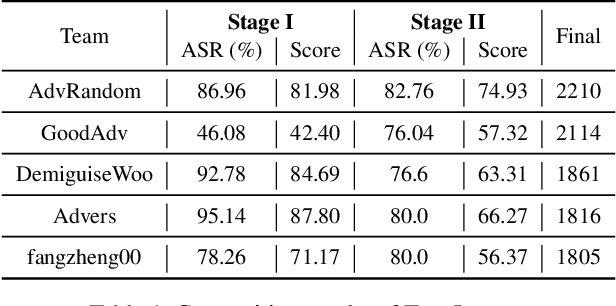

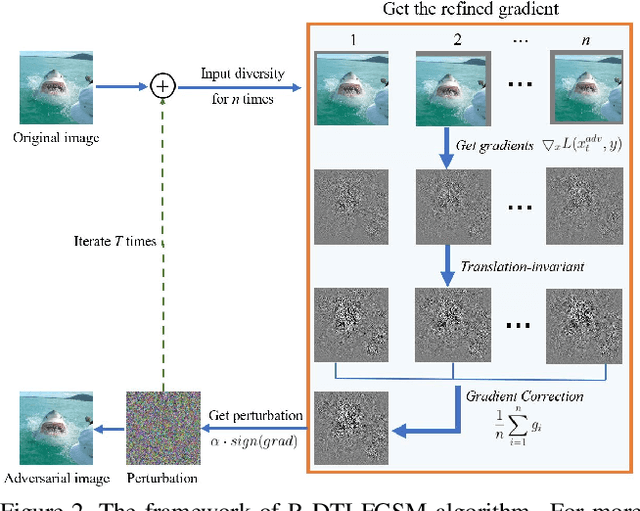
Abstract:Many works have investigated the adversarial attacks or defenses under the settings where a bounded and imperceptible perturbation can be added to the input. However in the real-world, the attacker does not need to comply with this restriction. In fact, more threats to the deep model come from unrestricted adversarial examples, that is, the attacker makes large and visible modifications on the image, which causes the model classifying mistakenly, but does not affect the normal observation in human perspective. Unrestricted adversarial attack is a popular and practical direction but has not been studied thoroughly. We organize this competition with the purpose of exploring more effective unrestricted adversarial attack algorithm, so as to accelerate the academical research on the model robustness under stronger unbounded attacks. The competition is held on the TianChi platform (\url{https://tianchi.aliyun.com/competition/entrance/531853/introduction}) as one of the series of AI Security Challengers Program.
Adversarial Attacks on ML Defense Models Competition
Oct 15, 2021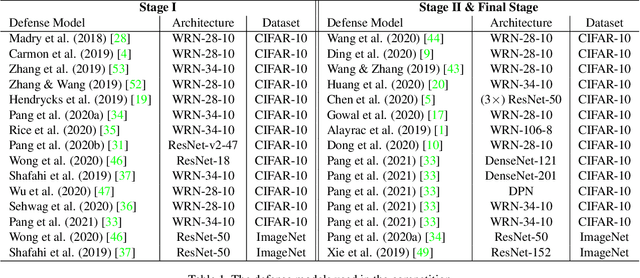
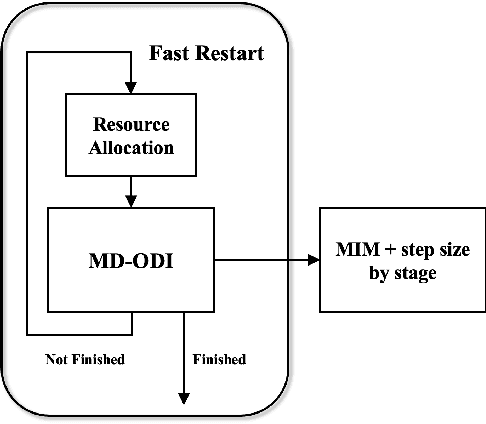
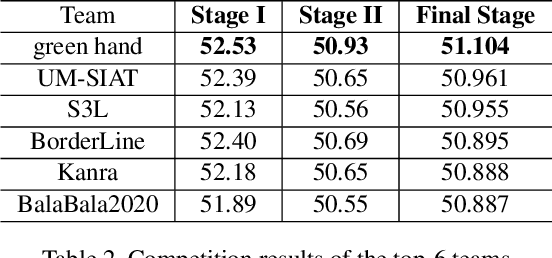
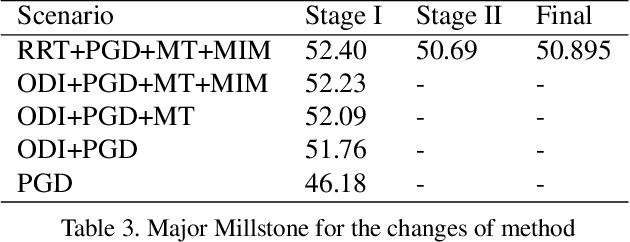
Abstract:Due to the vulnerability of deep neural networks (DNNs) to adversarial examples, a large number of defense techniques have been proposed to alleviate this problem in recent years. However, the progress of building more robust models is usually hampered by the incomplete or incorrect robustness evaluation. To accelerate the research on reliable evaluation of adversarial robustness of the current defense models in image classification, the TSAIL group at Tsinghua University and the Alibaba Security group organized this competition along with a CVPR 2021 workshop on adversarial machine learning (https://aisecure-workshop.github.io/amlcvpr2021/). The purpose of this competition is to motivate novel attack algorithms to evaluate adversarial robustness more effectively and reliably. The participants were encouraged to develop stronger white-box attack algorithms to find the worst-case robustness of different defenses. This competition was conducted on an adversarial robustness evaluation platform -- ARES (https://github.com/thu-ml/ares), and is held on the TianChi platform (https://tianchi.aliyun.com/competition/entrance/531847/introduction) as one of the series of AI Security Challengers Program. After the competition, we summarized the results and established a new adversarial robustness benchmark at https://ml.cs.tsinghua.edu.cn/ares-bench/, which allows users to upload adversarial attack algorithms and defense models for evaluation.
Automated Decision-based Adversarial Attacks
May 09, 2021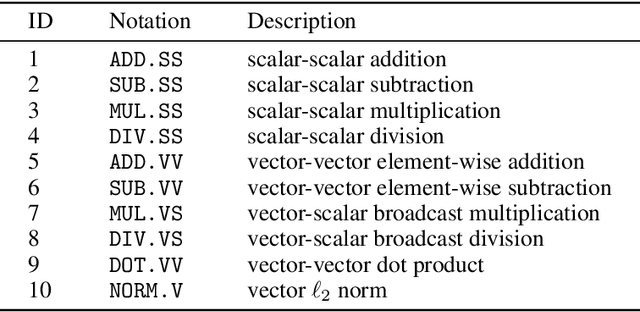
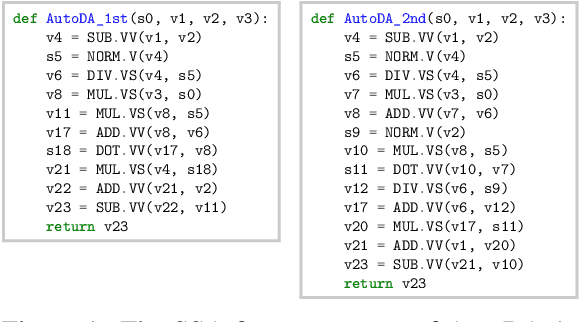


Abstract:Deep learning models are vulnerable to adversarial examples, which can fool a target classifier by imposing imperceptible perturbations onto natural examples. In this work, we consider the practical and challenging decision-based black-box adversarial setting, where the attacker can only acquire the final classification labels by querying the target model without access to the model's details. Under this setting, existing works often rely on heuristics and exhibit unsatisfactory performance. To better understand the rationality of these heuristics and the limitations of existing methods, we propose to automatically discover decision-based adversarial attack algorithms. In our approach, we construct a search space using basic mathematical operations as building blocks and develop a random search algorithm to efficiently explore this space by incorporating several pruning techniques and intuitive priors inspired by program synthesis works. Although we use a small and fast model to efficiently evaluate attack algorithms during the search, extensive experiments demonstrate that the discovered algorithms are simple yet query-efficient when transferred to larger normal and defensive models on the CIFAR-10 and ImageNet datasets. They achieve comparable or better performance than the state-of-the-art decision-based attack methods consistently.
Benchmarking Adversarial Robustness
Dec 26, 2019
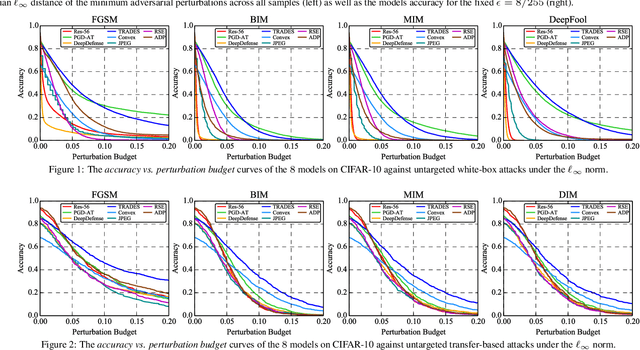
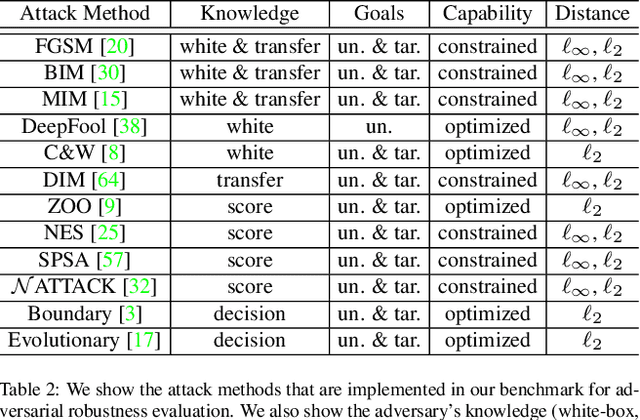

Abstract:Deep neural networks are vulnerable to adversarial examples, which becomes one of the most important research problems in the development of deep learning. While a lot of efforts have been made in recent years, it is of great significance to perform correct and complete evaluations of the adversarial attack and defense algorithms. In this paper, we establish a comprehensive, rigorous, and coherent benchmark to evaluate adversarial robustness on image classification tasks. After briefly reviewing plenty of representative attack and defense methods, we perform large-scale experiments with two robustness curves as the fair-minded evaluation criteria to fully understand the performance of these methods. Based on the evaluation results, we draw several important findings and provide insights for future research.
 Add to Chrome
Add to Chrome Add to Firefox
Add to Firefox Add to Edge
Add to Edge